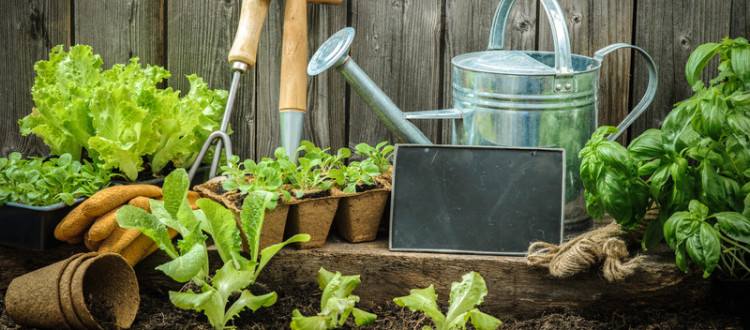Fall Gardens — What to Plant Now
August to November is a busy time in the garden on the Monterey Bay — harvesting tomatoes, peppers, and pulling out spent vines and plants that have exhausted their bounty. This is also a good time to take stock and consider which plants thrived and why — and which plants you’d like to replace with new varieties or veggies next year. Fall is also the best time to prepare your soil for a spring garden.
It’s also a good time to plan your fall garden!
Decide what you want to plant, and take the steps to be sure you get the right plants in the ground at the proper times. The planting guide Grow Your Own Vegetables, It’s Worth It! from the Master Gardeners UC Extension is simple to follow. Check the legend for details. And remember — the Central Coast is divided into two sections —one to the north and one to the south. Choose plants appropriate for your area.
Like most things California, there is some wiggle room with planting times. The trickiest one is planting flower budded cole crops (e.g., broccoli, cauliflower, and cabbage) early enough without subjecting the plants to the high temperatures of Indian summer. Don’t hesitate to use temporary shade, if needed.
Also, if you want to plant a cover crop or fava beans, be sure to plant before the soil cools down, preferably before the first soaking rain. Remember that the sun will be lower in the sky and it is especially important to plant your rows running north to south, with the tallest plants at the north end.
Here are some of the plants I recommend planting in a fall garden:
- Artichokes
- Beets — best from seed
- Broccoli — see Growing Guide
- Cabbage — see Growing Guide
- Cauliflower — see Growing Guide
- Chard
- Carrots — plant from seed only
- Cover crops
- Edible flowers — calendula, viola
- Fava beans
- Garlic
- Greens, Asian — these include mustards and pac choi, since they prefer cooler temperatures and will thrive if planted later when temperatures cool down. However, if these plants dry out or get heat stress, they will bolt prematurely. Add some nitrogen- heavy balanced fertilizer when planting, and side dress in about a month.
- Greens, European — these include Radicchio (chicory), escarole and frisee (endive) plus arugula, (annual and perennial). These greens can be planted earlier than the Asian greens.
- Kale — see Growing Guide. Allow plenty of room for height and width, especially on the curly kales.
- Lettuce — see Growing Guide. Plan for succession plantings, 2 or 3 6-packs every two to three weeks.
- Onions — short day varieties
- Peas — see Growing Guide. If planting climbing peas, plant them to the north end of the garden. Plant some dwarf vines too, for an earlier harvest as you wait for the tall vines to produce. If planting seeds at the same time, you will have planted three crops in one day!
- Spinach — transplant when weather cools down. Use some nitrogen-heavy balanced fertilizer when planting.
- Turnips — plant from seed only
For Further Reading:
California Master Gardeners Tip Sheet — Grow Your Own Vegetables, It’s Worth It!
Excellent planting guide!

